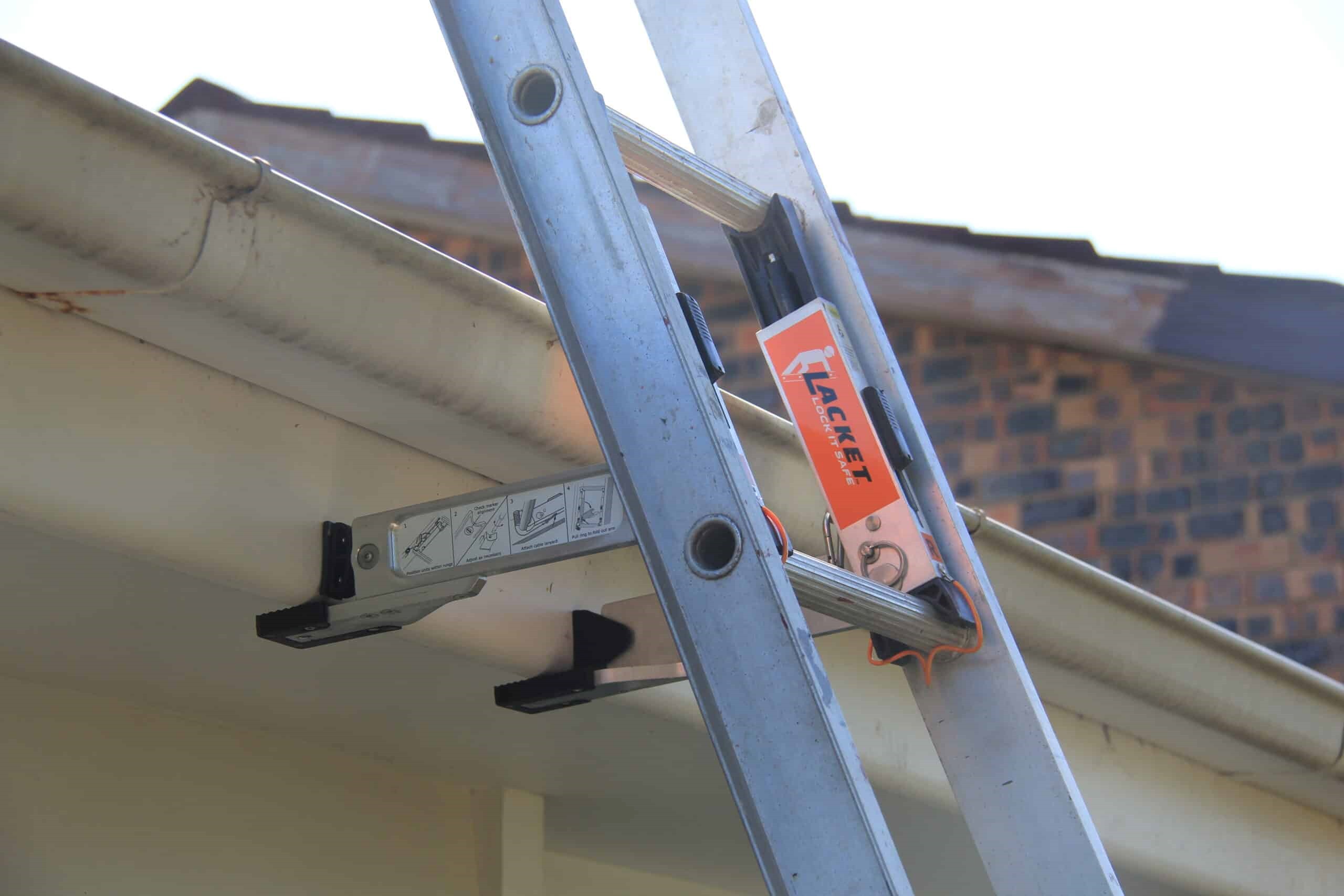

Articles
How To Secure A Ladder To A Roof
Modified: October 31, 2024
Learn how to safely and securely attach a ladder to your roof with these informative articles. Whether for maintenance or repairs, find step-by-step guides and expert tips to ensure your safety.
(Many of the links in this article redirect to a specific reviewed product. Your purchase of these products through affiliate links helps to generate commission for Storables.com, at no extra cost. Learn more)
Introduction
When it comes to any sort of work done on a roof, safety should always be the top priority. Whether you are a professional roofer or a DIY enthusiast, securing a ladder to a roof is a crucial step in ensuring a safe and stable working environment. A properly secured ladder will not only protect you from potential accidents but also make your work more efficient and effective.
In this article, we will guide you through the process of securing a ladder to a roof, step by step. We will cover everything from assessing the roof and ladder to gathering the necessary tools and materials. We will also provide tips and safety precautions to help you navigate the process with confidence and minimize any potential risks.
So, let’s get started and learn how to secure a ladder to a roof in the safest and most effective way possible.
Key Takeaways:
- Prioritize safety by assessing the roof and ladder condition, gathering necessary tools, and positioning the ladder correctly. Secure it to the roof and test stability for a safe and efficient working environment.
- Always follow manufacturer’s instructions, inspect the ladder regularly, and use personal protective equipment. Be mindful of weather conditions and avoid overreaching to minimize risks and ensure a safe working environment on the roof.
Read more: How To Use Ladder On Roof
Assessing the Roof and Ladder
Before you start securing a ladder to a roof, it’s important to assess both the roof and the ladder to ensure they are in good condition and suitable for the task at hand.
First, inspect the roof and identify any potential hazards or obstacles that could affect ladder placement. Look for loose or damaged shingles, weak or rotting areas, or any other signs of instability. It’s crucial to address these issues before climbing onto the roof to ensure stability and prevent accidents.
Next, examine the ladder you’ll be using. Check for any signs of wear and tear, such as loose rungs, damaged feet, or bent rails. Make sure the ladder is in good working condition and can support your weight and the tools you’ll be carrying.
Additionally, consider the ladder’s length and weight capacity. The ladder should be tall enough to reach the desired height on the roof without overextending it. It should also be able to support your weight and the weight of any equipment or materials you’ll be carrying up.
Take note of any specific requirements or recommendations provided by the ladder manufacturer regarding roof access. Some types of ladders may have specific instructions or limitations when it comes to securing them to roofs.
By thoroughly assessing both the roof and the ladder, you can identify any potential issues or safety concerns and take the necessary steps to address them before proceeding.
Gathering the Necessary Tools and Materials
Before you can secure a ladder to a roof, you’ll need to gather the necessary tools and materials to ensure a successful and safe installation.
Here are some essential tools and materials you’ll need:
- Roofing anchors or brackets: These devices are specifically designed to securely attach ladders to roofs. They provide stability and prevent the ladder from slipping or shifting during use.
- Safety harness and rope: A safety harness, along with a sturdy rope, is crucial for added protection. It allows you to secure yourself to the ladder, providing extra stability and preventing falls.
- Ladder stabilizer or leveler: These attachments can be used to level the ladder on sloped or uneven surfaces. They provide additional stability and prevent the ladder from tilting or wobbling.
- Measuring tape: A measuring tape will help you determine the appropriate placement and distance from the edge of the roof when positioning the ladder.
- Screws or nails: Depending on the type of roofing anchors or brackets you’re using, you may need screws or nails to secure them in place.
- Drill or hammer: A drill or hammer will be necessary for inserting screws or nails into the roof and securing the anchors or brackets.
- Personal protective equipment (PPE): Always prioritize safety by wearing appropriate PPE, such as a hard hat, safety glasses, and non-slip shoes.
Make sure you have all the tools and materials readily available before you begin securing the ladder to the roof. This will save you time and ensure a smooth installation process.
It’s also a good idea to read the manufacturer’s instructions for any specific requirements or recommendations regarding tools and materials. Different types of roofing anchors or brackets may have specific guidelines for installation.
By gathering the necessary tools and materials, you’ll be well-prepared to secure the ladder to the roof safely and effectively.
Positioning the Ladder Properly
Positioning the ladder correctly is key to ensuring a safe and stable working environment on the roof. Improper ladder placement can lead to accidents and injuries, so it’s crucial to follow these steps:
- Choose the correct ladder length: The ladder should extend at least three feet above the roof edge for easy access and stability. Avoid the temptation to overextend or lean the ladder against gutters or other fragile structures.
- Find a solid and level ground: Place the ladder on a stable and level surface. Avoid soft or unstable ground that may cause the ladder to sink or wobble.
- Position the ladder at the correct angle: The ladder should be positioned at a 75-degree angle, which means the base should be one-fourth the working length of the ladder away from the wall or roof edge. A good rule of thumb is to place your toes against the ladder and extend your arms straight out. If your hands reach comfortably to the rung in front of you, the ladder is at the correct angle.
- Consider the weight distribution: If you’ll be carrying tools or equipment up the ladder, distribute the weight evenly on both sides to maintain balance and stability.
- Ensure proper overlap: If using an extension ladder, make sure the overlapping sections are at least three feet to provide secure support.
As you position the ladder, keep in mind any potential obstacles or hazards on the roof, such as protruding objects, power lines, or tree branches. Position the ladder where it provides the best access while avoiding these obstacles.
If the roof is sloped, use a ladder leveler or stabilizer to adjust the ladder and ensure it remains level and secure. This will prevent the ladder from tilting or sliding down the roof.
Remember to always use caution and take your time when positioning the ladder. Rushing or taking shortcuts can compromise your safety and lead to accidents.
By following these guidelines, you will position the ladder properly and create a stable foundation for working on the roof.
When securing a ladder to a roof, use a ladder stabilizer or standoff to prevent the ladder from slipping or damaging the roof. Always ensure the ladder is on a stable surface and have someone hold the base for extra security.
Securing the Ladder to the Roof
Once you have positioned the ladder properly, the next step is to secure it to the roof to ensure stability and prevent any unnecessary movement. Here’s how to do it:
- Attach the roof anchors or brackets: Using screws or nails, secure the roof anchors or brackets to the roof surface. Make sure they are firmly attached and capable of supporting the weight of the ladder and anyone climbing it.
- Attach the ladder to the anchors or brackets: Once the roof anchors or brackets are in place, carefully lift the ladder and align the ladder feet with the corresponding anchors or brackets. Ensure that the ladder is securely attached and does not wobble or shift.
- Test the stability: Apply pressure to the ladder to test its stability. Gently shake the ladder side to side and front to back to ensure it is firmly secured. If there is any movement or instability, reposition the ladder or adjust the anchors or brackets as necessary.
It’s important to note that the type of anchors or brackets you use will depend on the specific requirements and recommendations for your ladder and roof. Follow the manufacturer’s instructions for proper installation and use.
If you are unsure about how to secure the ladder or do not have the necessary equipment, it is recommended to consult a professional or seek guidance from an experienced individual.
Additionally, depending on the duration of your work on the roof, you may need to periodically check the ladder and anchors or brackets to ensure they remain secure. Factors like weather conditions or vibrations from work can potentially loosen the ladder, so it’s essential to monitor its stability throughout the process.
By taking the necessary steps to secure the ladder to the roof, you’ll create a safe and stable platform for your work, allowing you to focus on the task at hand without any unnecessary distractions or safety hazards.
Read more: What Is A Roof Ladder Used For?
Testing the Stability of the Ladder
After securing the ladder to the roof, it’s crucial to test its stability before fully relying on it for work. Testing the ladder ensures that it can support your weight and provides a safe working environment. Here’s how you can test the stability of the ladder:
- Climb up the ladder with caution: Ascend the ladder carefully, ensuring that your weight is evenly distributed. Be mindful of any shifts or wobbling as you climb. If you notice any instability, descend immediately and reassess the ladder’s positioning and attachment.
- Check for ladder movement: Once you’re on the roof, apply gentle pressure to the ladder. Lean against it from different angles to determine if it remains stable. If you feel any movement or shifting, carefully descend and reevaluate the ladder’s attachment and stability.
- Perform weight shifting exercises: While still on the roof, shift your weight side to side and front to back on the ladder, simulating movements you might make during your work. This will allow you to assess the ladder’s stability under different conditions and angles. If you experience excessive movement or insecurity, take immediate action to address the issue.
During the testing process, it’s important to pay attention to any signs of weakness or instability. If the ladder does not feel secure or if there are any noticeable shifts or wobbling, do not proceed with your work. Instead, take the necessary measures to reinforce the ladder’s stability or seek professional assistance if needed.
Keep in mind that testing the stability of the ladder should be done periodically, especially if you are working on the roof for an extended period. Regularly check the ladder and anchors or brackets to ensure everything remains securely in place throughout the duration of your work.
By thoroughly testing the ladder’s stability, you can have confidence in its performance and ensure a safe working environment on the roof.
Additional Tips and Safety Precautions
When it comes to securing a ladder to a roof, prioritizing safety is of utmost importance. To ensure a safe and incident-free experience, consider the following tips and safety precautions:
- Always follow the manufacturer’s instructions: Different ladders and roofing anchors or brackets may have specific guidelines for installation and usage. Carefully read and adhere to the instructions provided to ensure proper and safe installation.
- Inspect the ladder regularly: Before each use, thoroughly inspect the ladder for any signs of damage or wear. Check for loose rungs, bent rails, or any other issues that could compromise the ladder’s stability. Never use a ladder that is damaged or in poor condition.
- Use personal protective equipment (PPE): Wear appropriate PPE, including a hard hat, safety glasses, and non-slip shoes. PPE will help protect you from potential hazards and improve overall safety while working at heights.
- Be mindful of weather conditions: Avoid working on the roof during inclement weather, such as rain, snow, or strong winds. Wet or slippery conditions can increase the risk of accidents. Wait for favorable weather conditions before attempting any work on the roof.
- Avoid overreaching or leaning: Always maintain a firm grip on the ladder and avoid overreaching or leaning too far. Position the ladder properly and use it within its intended range to maintain stability and prevent falls.
- Secure tools and materials: Ensure that all tools and materials are securely fastened to your person or the ladder. This prevents objects from falling and potentially causing injury to you or others below.
- Never leave the ladder unattended: Once you have finished using the ladder, always remove it from the roof or secure it in a way that prevents unauthorized access. Leaving a ladder unattended can pose a safety risk, especially to curious children.
- Consider professional assistance: If you have any doubts about your ability to safely secure a ladder to a roof, consider seeking help from a professional. They can provide guidance and ensure the task is performed correctly.
Remember, safety should always be the top priority when working at heights. By following these additional tips and safety precautions, you can help minimize risks and create a safe working environment on the roof.
Conclusion
Securing a ladder to a roof is a vital step in ensuring safety and stability while working at heights. By following the proper procedures and taking the necessary precautions, you can create a secure and reliable platform for your roof-related tasks.
Throughout this article, we’ve discussed the importance of assessing the roof and ladder, gathering the necessary tools and materials, positioning the ladder properly, securing it to the roof, and testing its stability. We’ve also provided additional tips and safety precautions to help you navigate the process with confidence.
Remember, always assess the condition of both the roof and the ladder before starting any work. Gather the appropriate tools and materials, ensuring that you have everything you need to complete the task safely and efficiently. Position the ladder correctly, considering the angle, ground stability, and weight distribution.
Secure the ladder to the roof using proper anchors or brackets, and test its stability before fully relying on it for work. Regularly check the ladder and attachments throughout your job to ensure continued safety. And always prioritize safety precautions, such as wearing proper PPE, avoiding overreaching or leaning, and securing tools and materials.
By following these guidelines and prioritizing safety, you can confidently secure a ladder to a roof and create a secure and stable working environment. Remember, when it comes to working on a roof, safety should always be the top priority.
So, whether you are a professional roofer or a DIY enthusiast, take the time to properly secure your ladder to the roof. By doing so, you can ensure a successful and accident-free experience while working at heights.
Frequently Asked Questions about How To Secure A Ladder To A Roof
Was this page helpful?
At Storables.com, we guarantee accurate and reliable information. Our content, validated by Expert Board Contributors, is crafted following stringent Editorial Policies. We're committed to providing you with well-researched, expert-backed insights for all your informational needs.
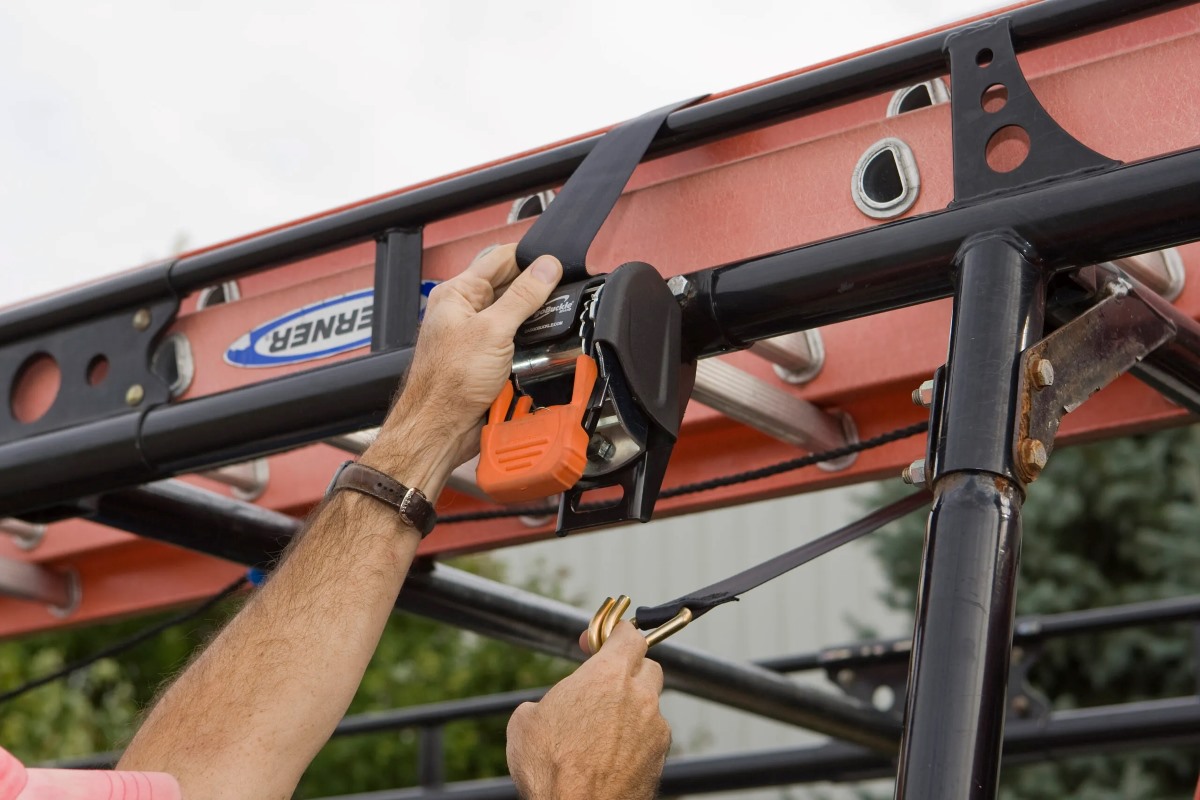
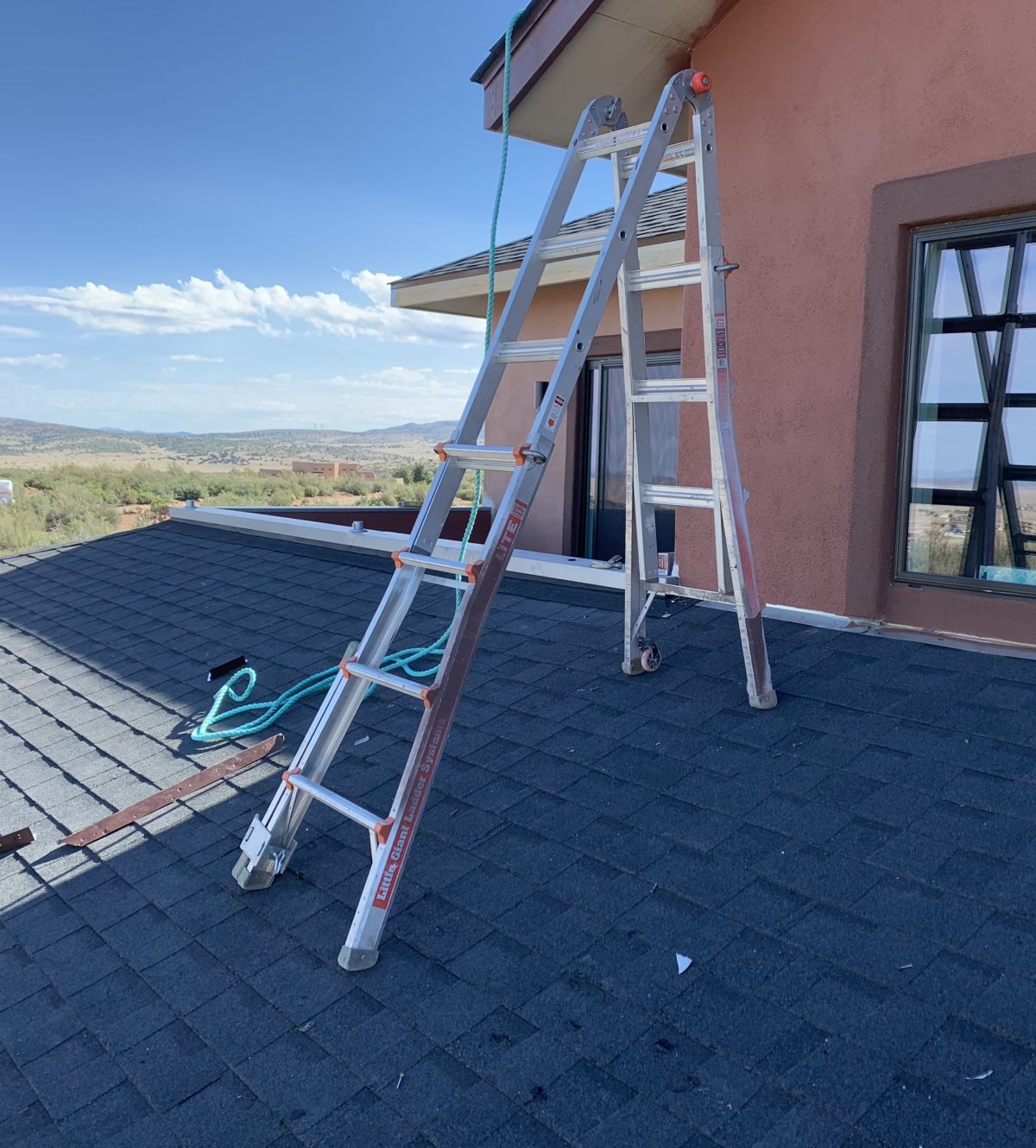
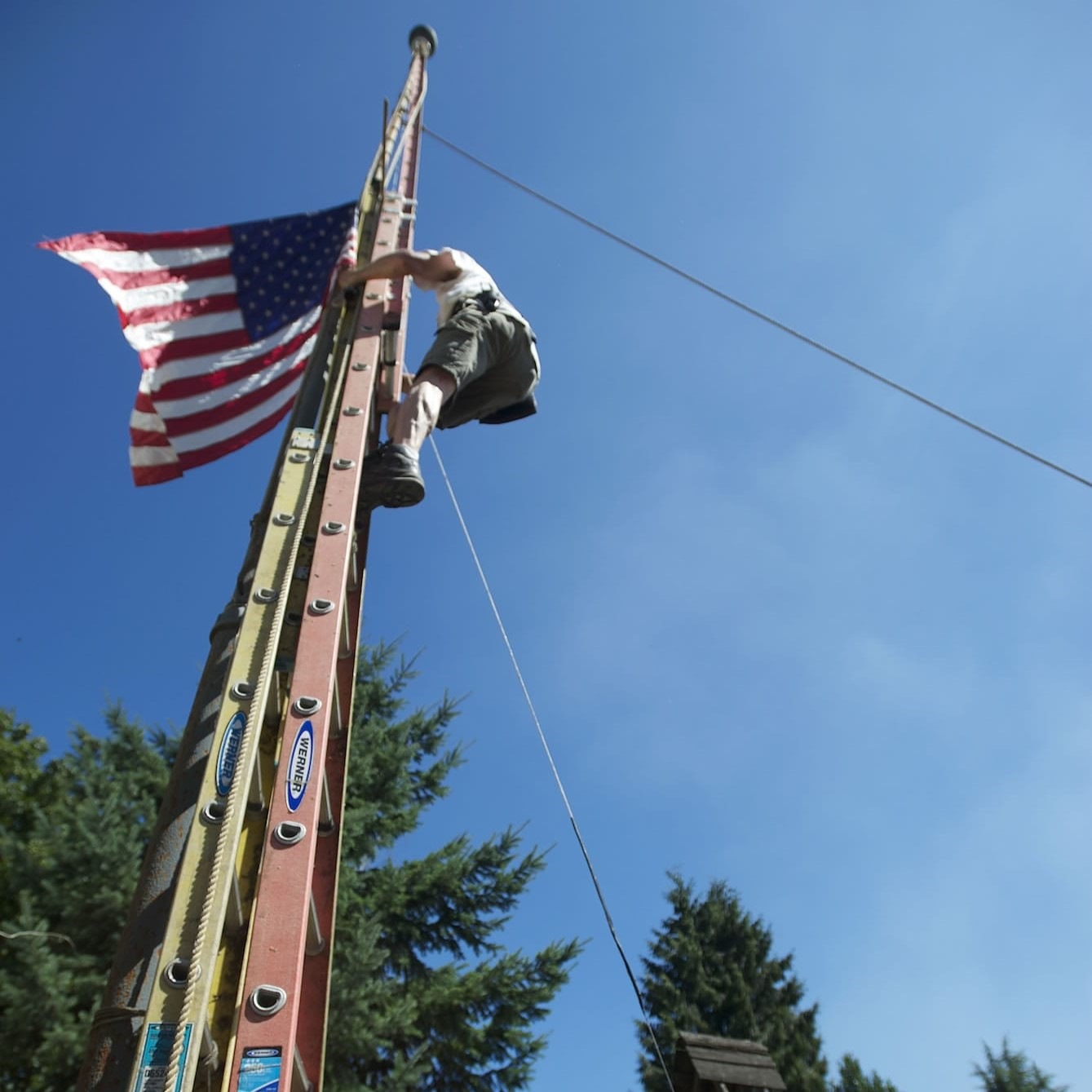
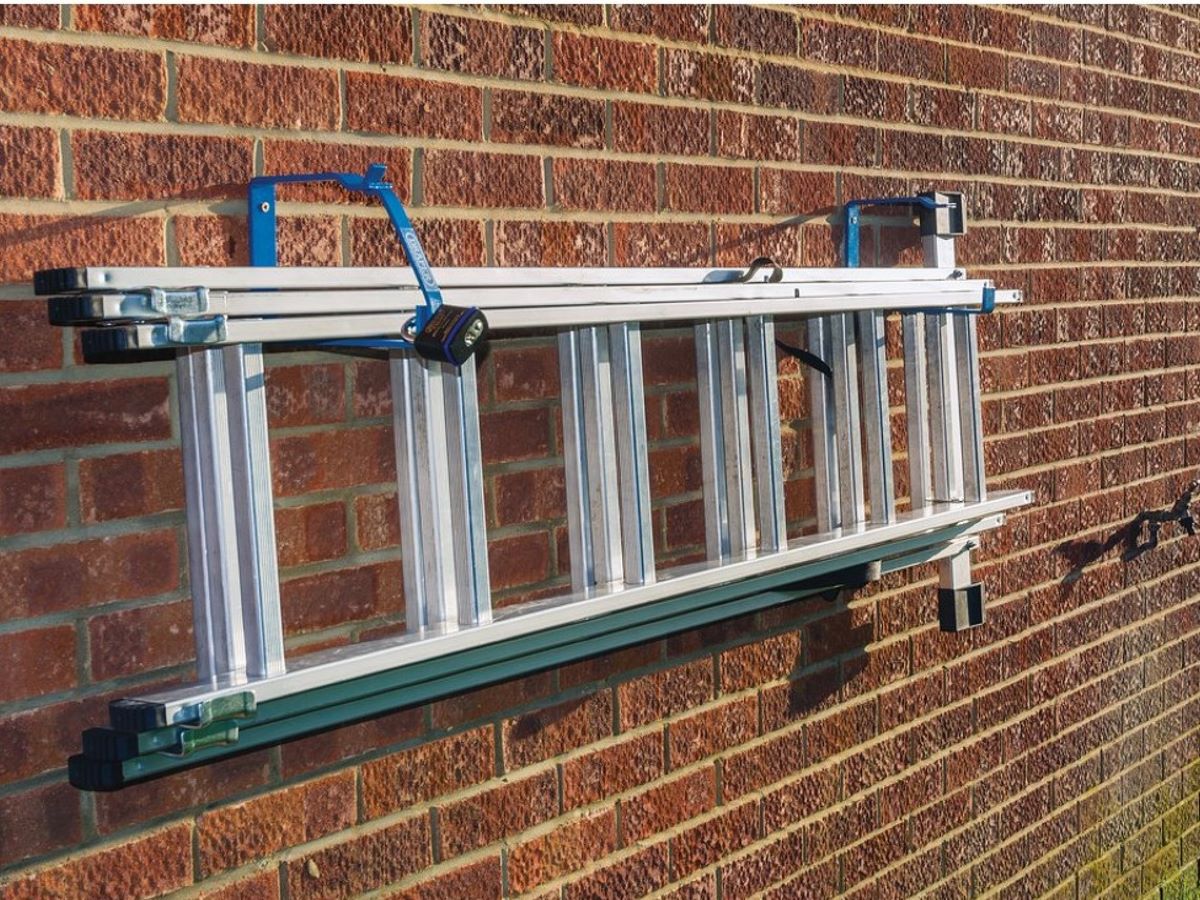
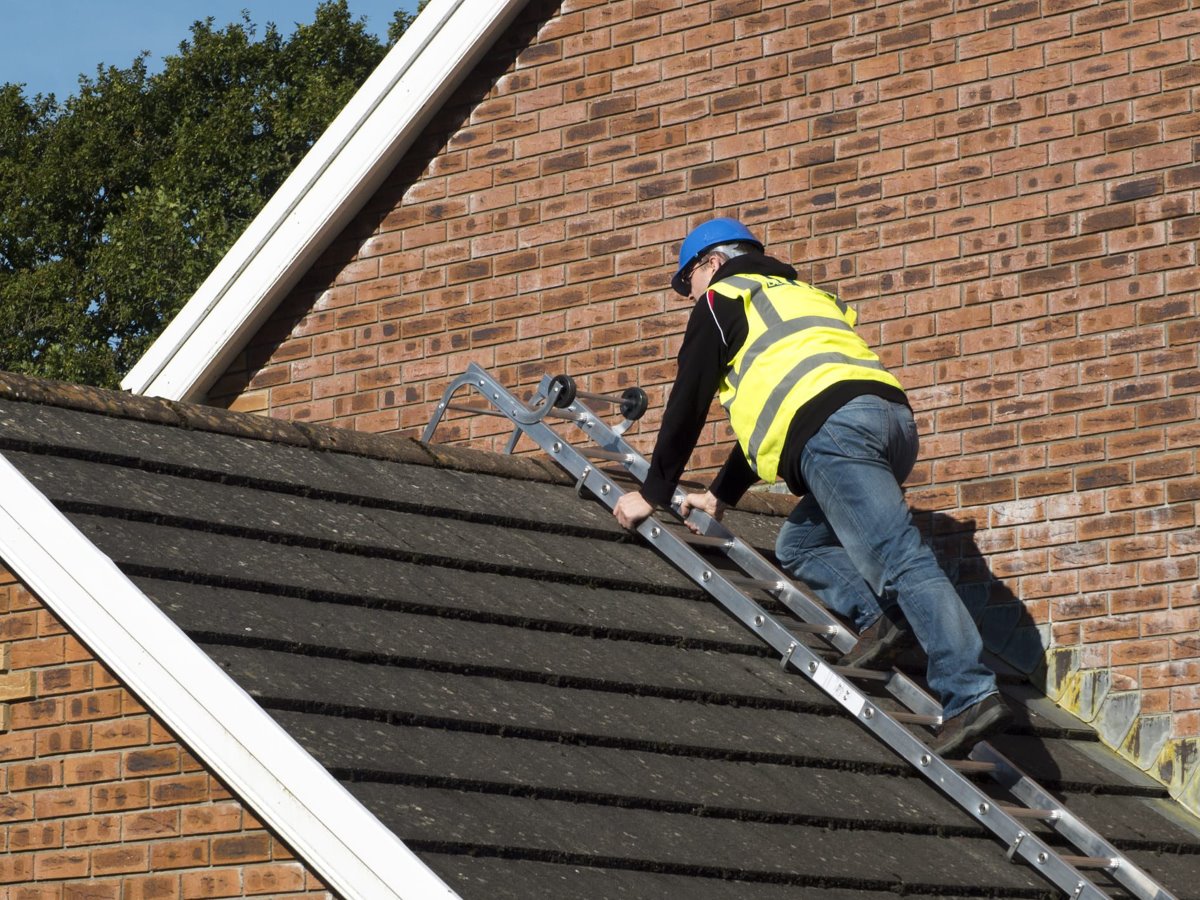
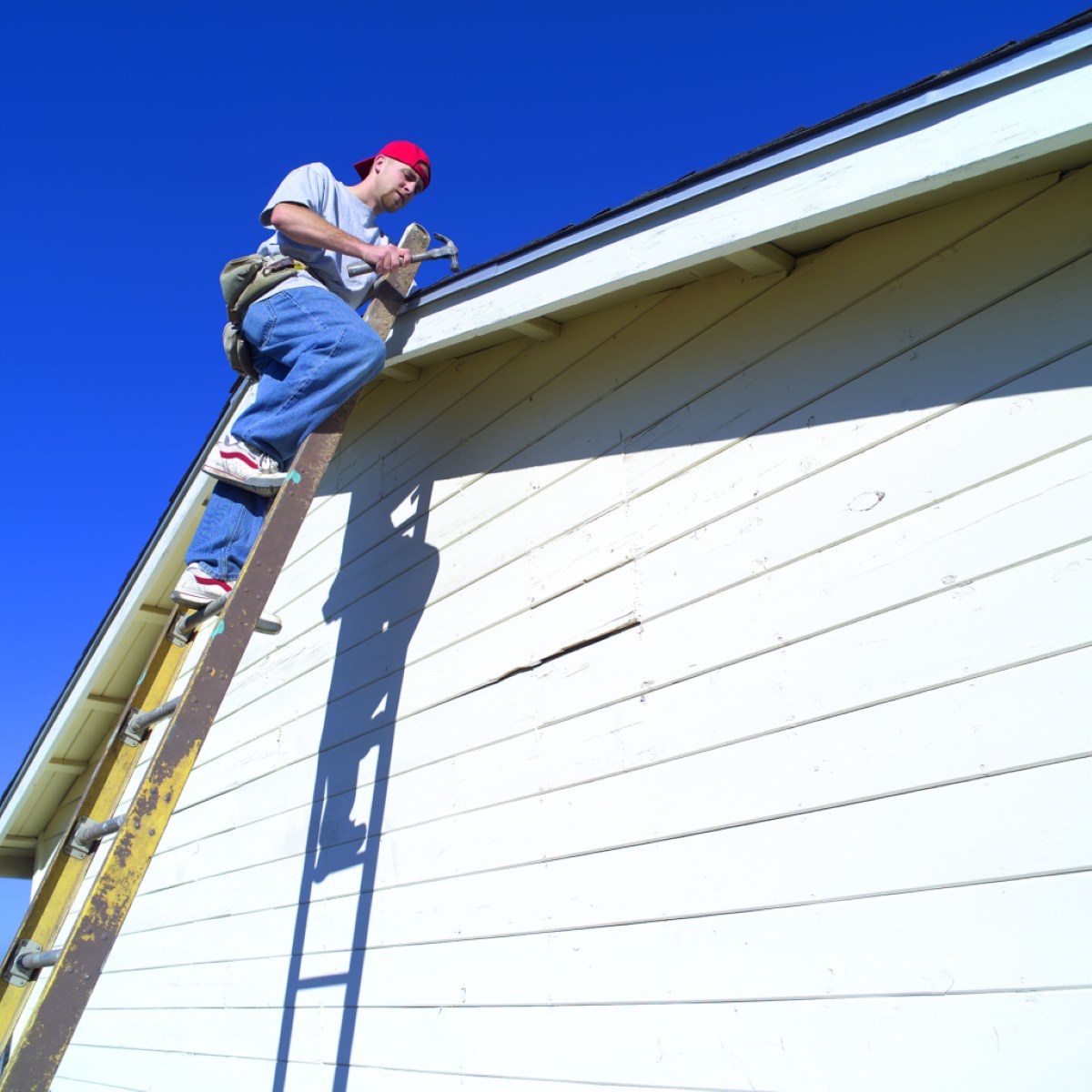
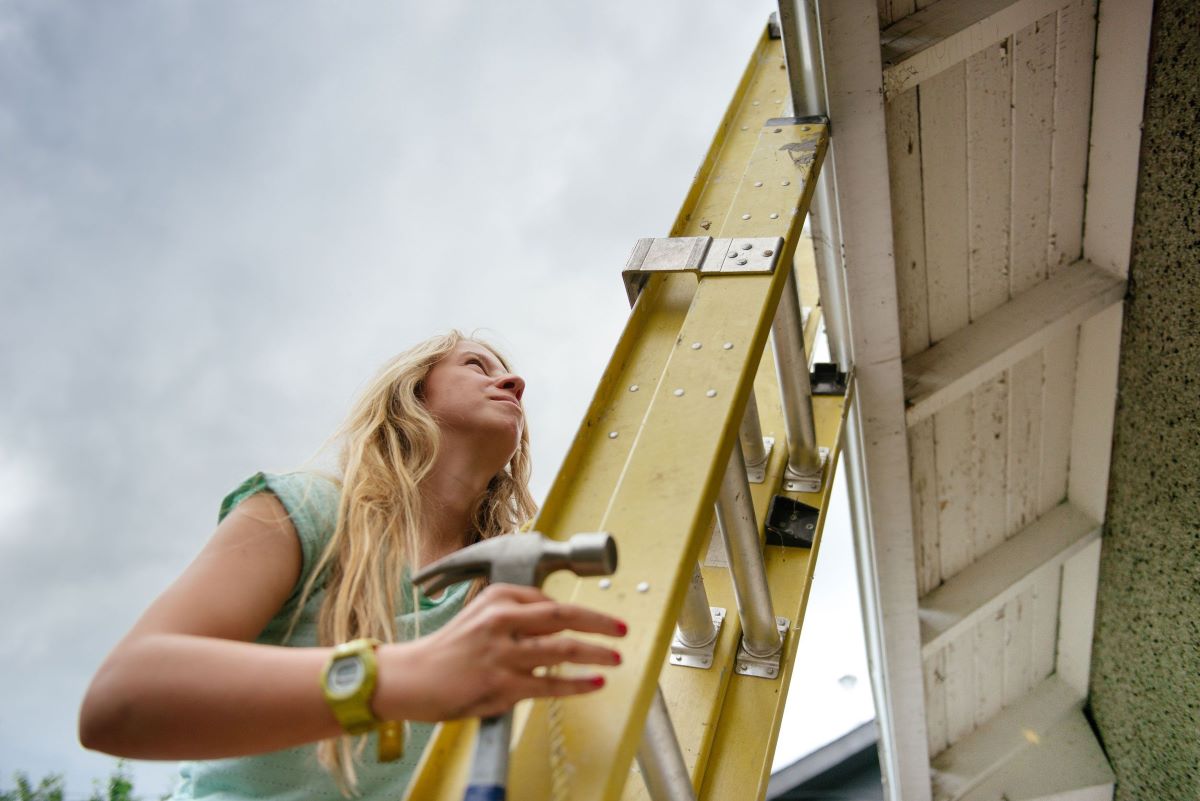
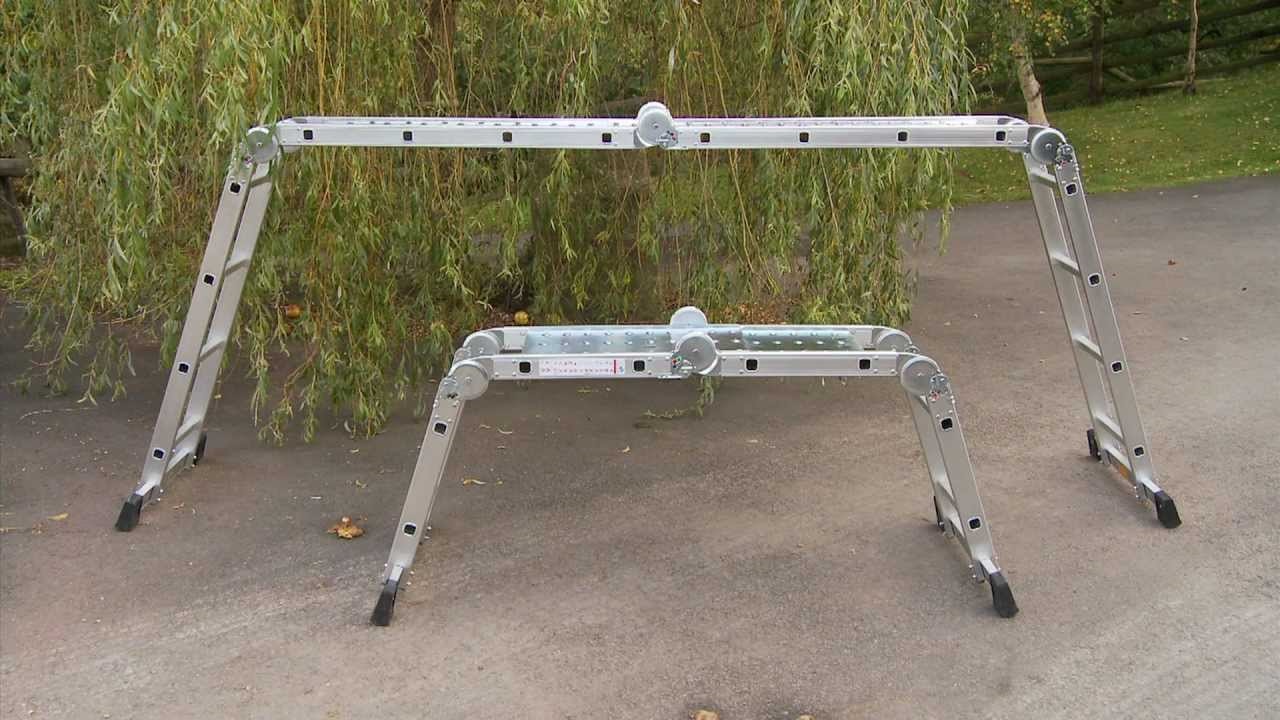


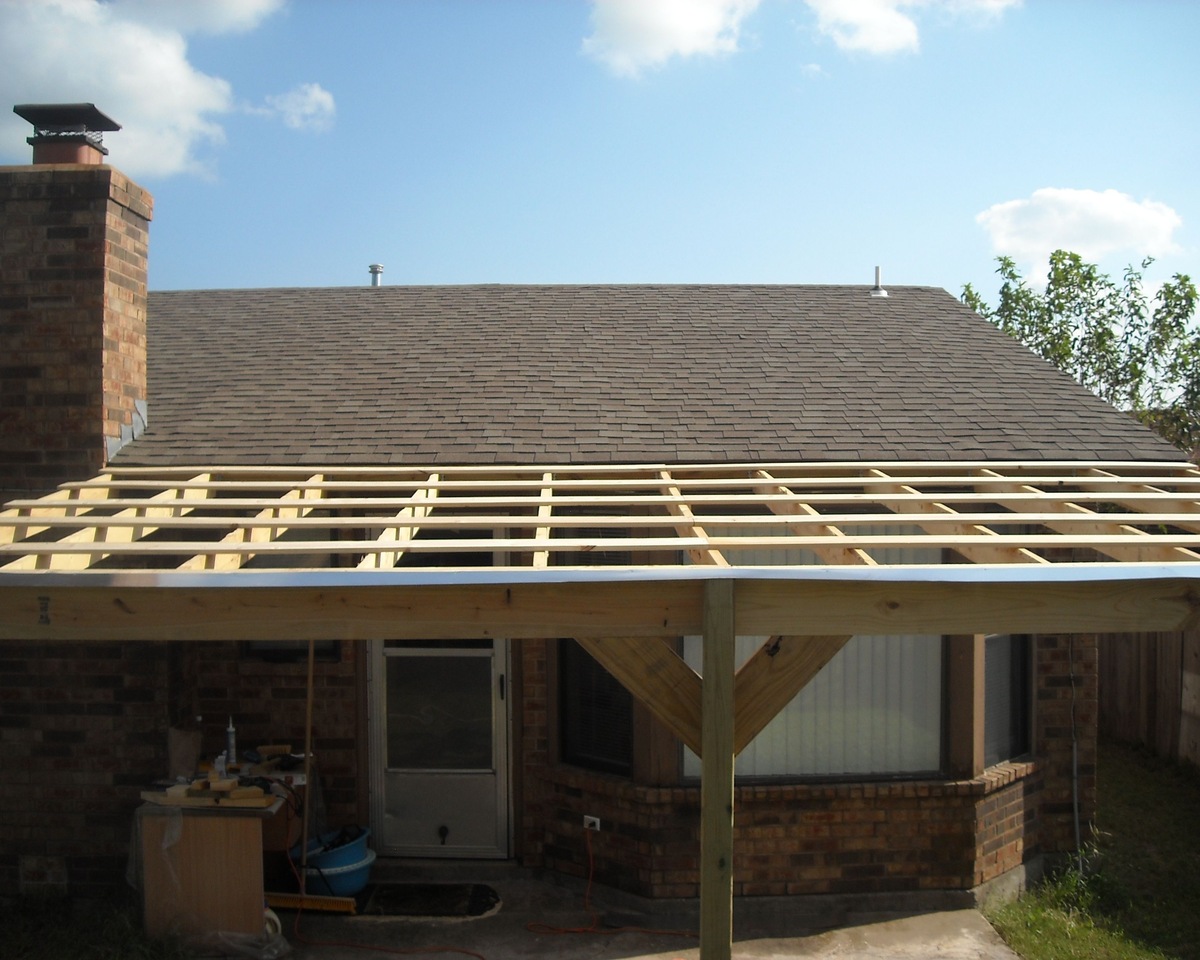
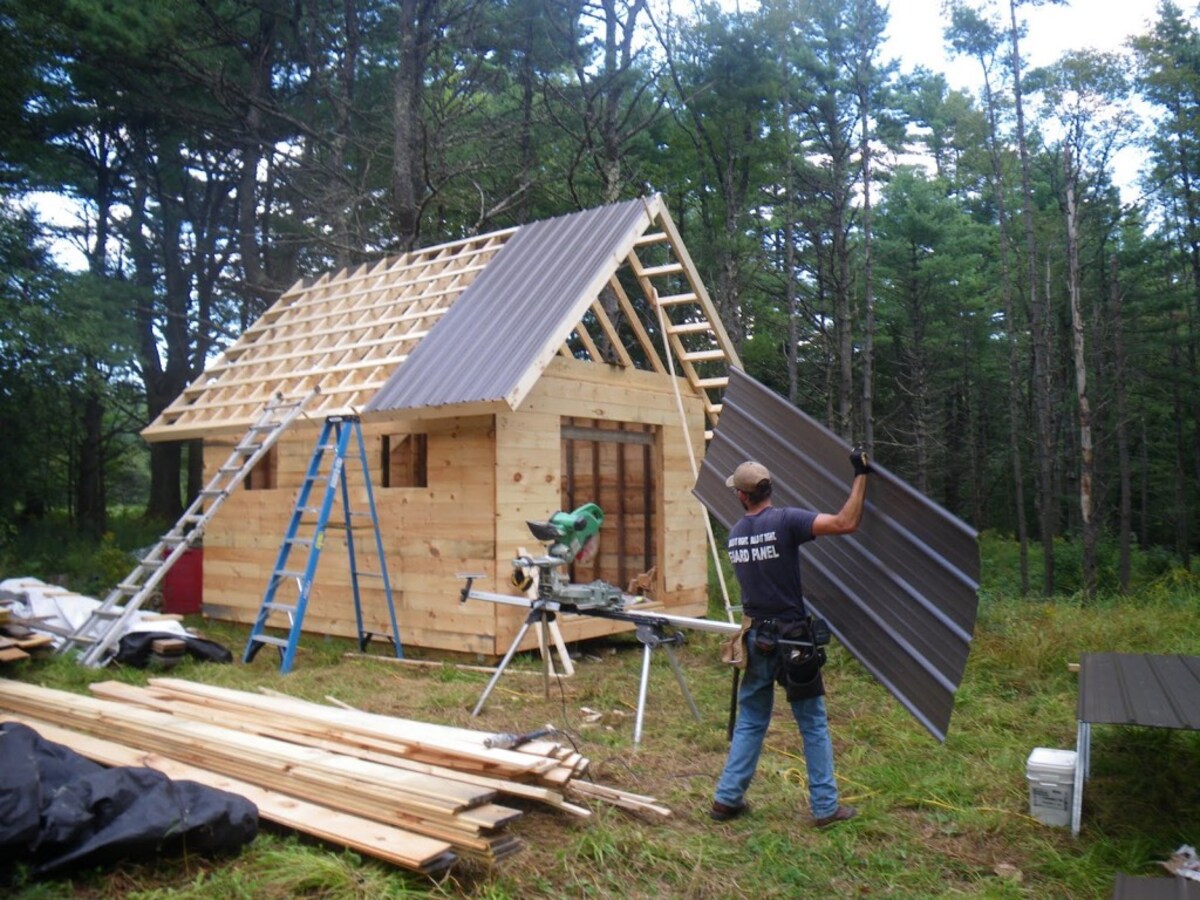

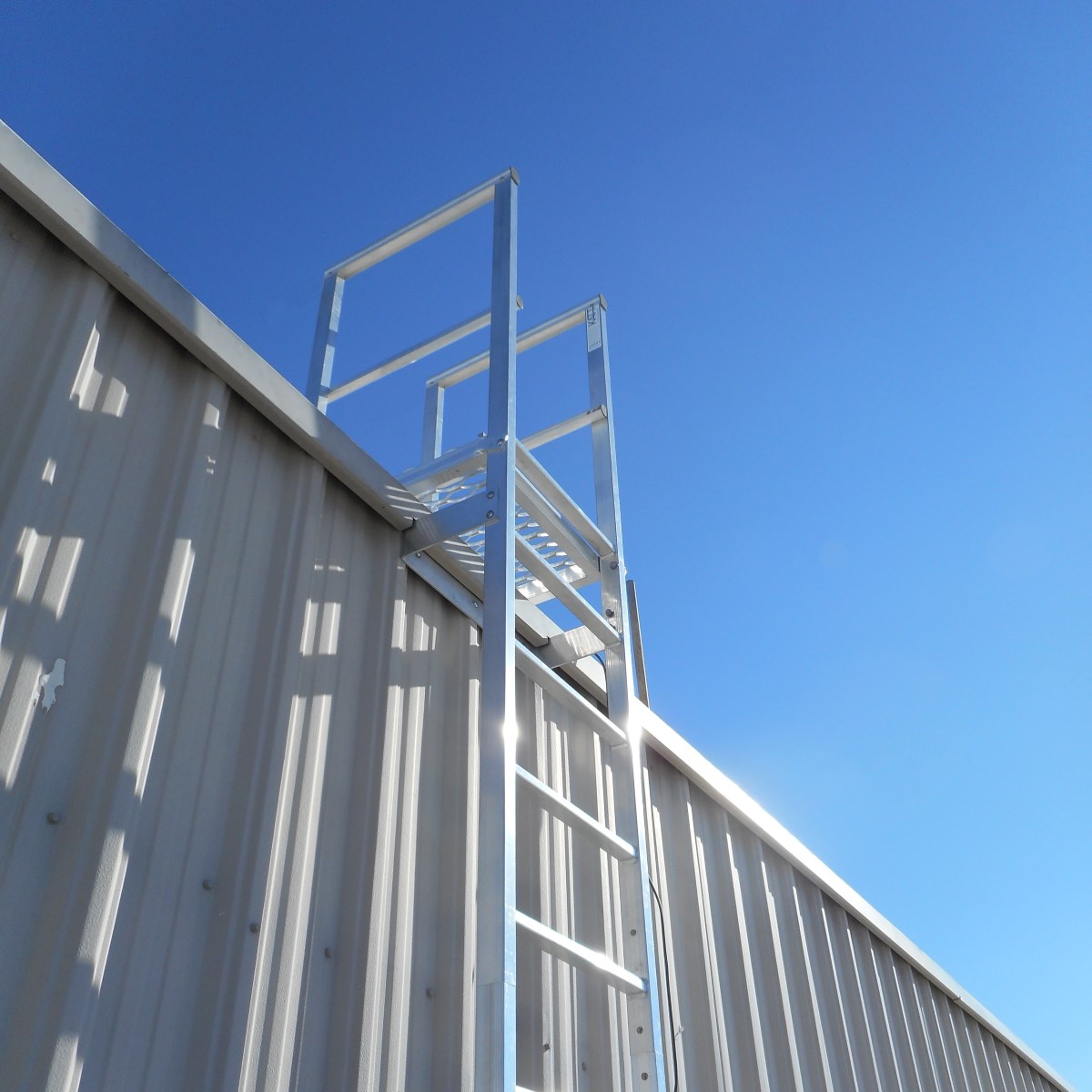

0 thoughts on “How To Secure A Ladder To A Roof”